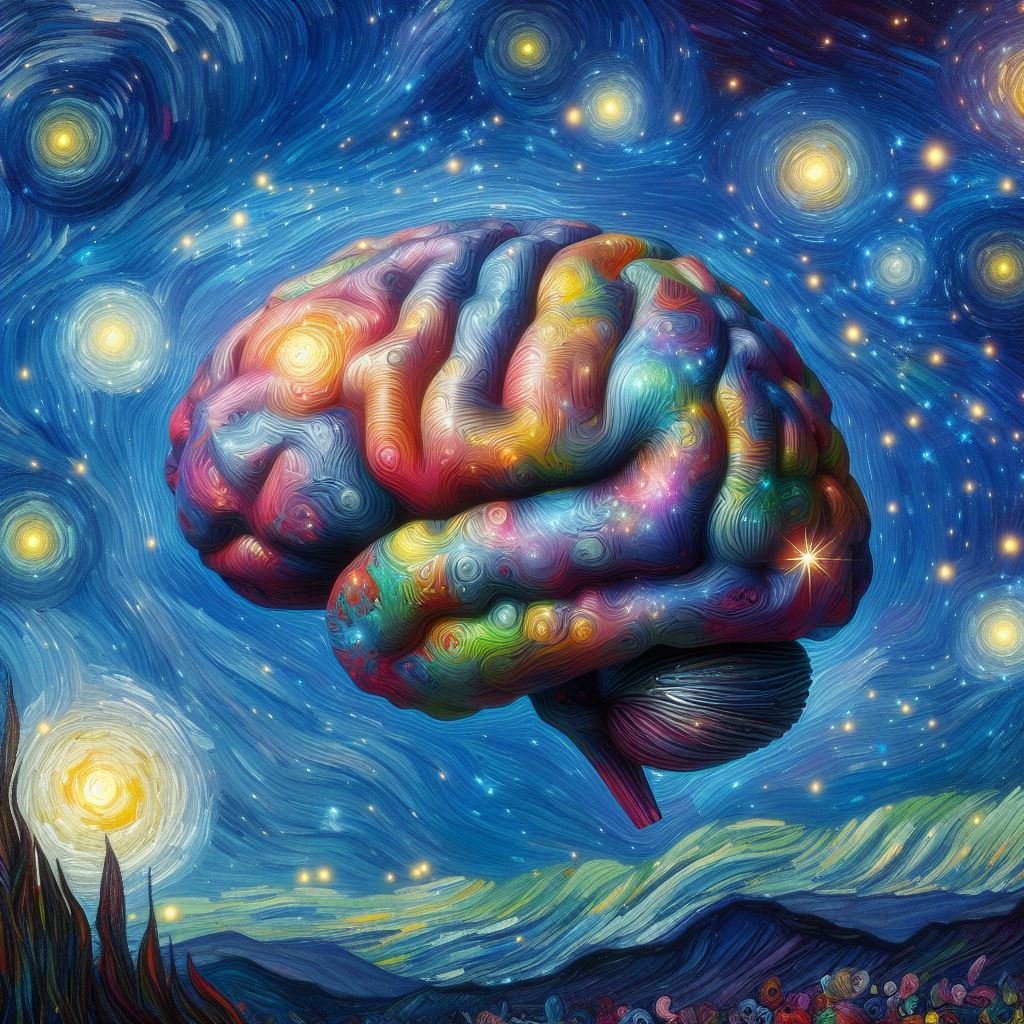Brain anatomy
One of the things I found striking when working on my book was how different body parts held different meanings to anatomists, surgeons, technicians, anatomical artists and students.
However, amidst this diversity of meanings, one organ emerged as an unparalleled enigma—the human brain.
The fattiest organ in our body, the way the brain is constructed, as well as forms memories, thoughts, consciousness and so much more is not fully known. In many ways, I came to learn that the brain is an enormous mystery, consistently casting a curious spell over those who engage with it.
I met retired surgeons and doctors who in the 1950s and 1960s had either taken one home from university or purchased one from a morgue so they could study the human brain structure better. Highly unethical? Yes. But they couldn’t quite help themselves.
Contemporary anatomists consistently spoke of the of the brain with awe. How was it that this gloopy structure contained all our thoughts? Once fixed in formaldehyde, there were still so many secrets that lay in the curves and folds of the upper surface of the brain, which look like the seemingly erratic lines left behind by snails.
As Professor Claire Smith put it: “How does conscious thought happen from a series of cells and electrical connections? It is intriguing.”
The organ appeared at times to be a difficult body part for students to dissect, even though brain structure was crucial for their studies.
In 2011 the anatomy department at the University of Otago in New Zealand did a number of curious soul studies with medical students. In one study, they interviewed sixteen students and found they had very different reactions to dissecting certain parts of the donor’s body, particularly the brain and the heart. Some students considered the brain as the ‘seat of the soul’ while others thought it the heart.
As one student said of dissecting the brain: ‘It was just like I was taking away all of their memories and all of their life away from the rest of their body and it wasn’t them any more. Yeah it just . . . taking away their whole soul, it was just really odd.’
The way we think about the brain has obviously changed.
Ancient Greek and Roman philosophers, including Aristotle and Galen, believed that the heart, not the brain, was the seat of intelligence and emotions. They considered the brain as a cooling mechanism for the blood.
Herophilus, the ‘father of anatomy’, thought the brain was where intelligence lay.
My great grandmother was said to have suffered from “brain fever” as a child after watching her family home burn to the ground in the early 1900s. While the condition no longer exists, it certainly existed in old medical textbooks and 19th-century novels.
When Heathcliff returned to Wuthering Heights, Catherine was so stressed out, she developed ‘brain fever’ and later died. Madame Bovary fell ill with ‘une fièvre cérébrale’ after she read the break-up letter from Rodolphe, her lover.
At the time, the condition was seen as some sort of inflammation of the brain, severe and prolonged. The Scottish doctor Alexander Tweedie described it in 1833 as caused by famine, fatigue, and those events which give ‘a severe shock to the nervous system’.
With brain fever gone, what do we have now? I suppose PTSD? But already this diagnosis is shifting around in the books. In 2013, the PTSD diagnostic criteria was revised in the 5th edition the Diagnostic and Statistical Manual of Mental Disordes and was moved to a new category in DSM-5, Trauma- and Stressor-Related Disorders.
Anyway, back to brain anatomy itself, as my exploration unfolded, it became evident that with its complexities and historical mysteries, it remains a strange and mysterious subject that transcends time and continues to inspire and confuse the medical establishment.

